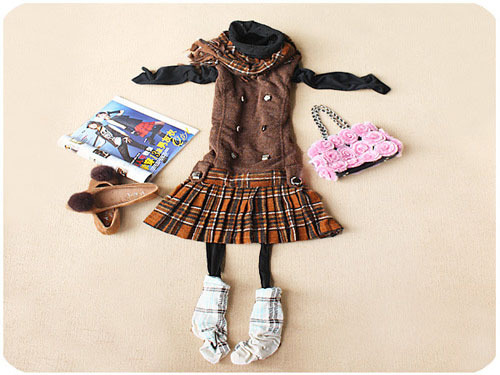
In the first half of 2014, the overall situation of the textile and clothing industry was slightly lower than previously expected. The recovery in the manufacturing sector slowed down. Consumers were still in the process of looking for the bottom. Chemical fiber prices did not rebound but fell slightly. We believe that the macroeconomic downturn and the major transformation facing the industry are The main reason for the lower profitability of the industry is that the export of spinning clothes from January to May increased by 3.6%.
The growth rate decreased by 10.2 percentage points over the same period of 13 years; from January to March 2014, the clothing retail sales of 100 key shopping malls registered zero growth, which was 6.4 percentage points slower than the same period of the previous year. The monthly sales and sales volume in May increased by 5.4%. And -2%, 0.7% and 6.5 percentage points lower than the same period of last year; the total amount of textile and apparel companies above designated size increased by 9.7% from January to May, a decrease of 1.4 percentage points from the same period of last year; the listed company's first quarter income and net profit were respectively The same decrease of 9.4% and 14.4%, while 13 years of the same period revenue growth of 2.4%, net profit fell 8%; demand weakness makes viscose staple fiber and 40d spandex prices fell by 2.46% and 3.03%, while the domestic and foreign cotton prices are increasing Convergence, the decline in cotton prices also suppressed the performance of chemical fiber prices.
In the second half of the year, the industry may still be at the bottom: due to sluggish domestic sales, the pace of manufacturing recovery is hard to boost; economic slowdown and the transformation of the company's development model will make spinning and clothing consumption still at the bottom; in the first half of the year, chemical fiber rebound has no effect, and the rebound in the second half may be Sexuality has decreased.
Since 2011, the development model of superimposed expansion-overlapping marketing that has been effective for more than 20 years has come to an end, and an all-around fine business model has arrived. For spinning and consuming consumer companies, the change from channel to marketing to product is essentially a huge change in business operations. Transformation is more difficult: the original business model restricts the transition: from the perspective of internal business, the extension is dominated by The development model has been successfully implemented in the past 20 years, and the change is very difficult. From the external point of view, the change will inevitably change the pattern of division of interests of mature franchisees and brand owners. It takes time to form a new pattern; the new model takes a long time to explore: offline The key to the so-called new model is that under strong back-office support, efficient and rapid response to market changes will take a long time to nurture and build; e-commerce has a major impact: e-commerce makes original channel values ​​begin to decline, making the market transparent , Forcing the rapid transformation of the original leading brands, thus increasing the difficulty of change.
Investment strategy: Continuing to focus on manufacturing leading enterprises, the market has responded to the decline in the performance of textile service consumption to a certain extent. Appropriate attention has been paid to strategic adjustments of quality brand companies that focus on products earlier: the integration effect of the printing and dyeing industry is relatively obvious, and it is recommended to pay attention to Luthai. After a sharp decline, consumer companies may rebound in the future; currently, there is no sign of a clear recovery of the industry. Therefore, it is still necessary to observe whether the expected market for the expected 15-year recovery can be expected at the end of the year.
In the second quarter, the textile and apparel chemical fiber segment performed poorly, which was 2.2% lower than Shenzhen Component Index. The clothing, textiles, and chemical fiber sectors fell by 1.66%, 2.5%, and 3.0% respectively. From a half-year perspective, the textile and apparel segment was located in the middle reaches, down 1.21%, which was 5.9 percentage points higher than that of the Shanghai-Shenzhen 300, of which textiles and plates rose slightly by 0.26% and 0.1%; the apparel sector fell by 2.67%. Most of the gains were mainly in the textile and chemical fiber stocks.
Women'S Fitness Yoga Wear,Women'S Seamless Yoga Wear,Women'S Yoga Wear,High Stretchy Yoga Wear
Shaoxing Yizhong Textile And Garment Co.,Ltd , https://www.yizhongsport.com
![<?echo $_SERVER['SERVER_NAME'];?>](/template/twentyseventeen/skin/images/header.jpg)